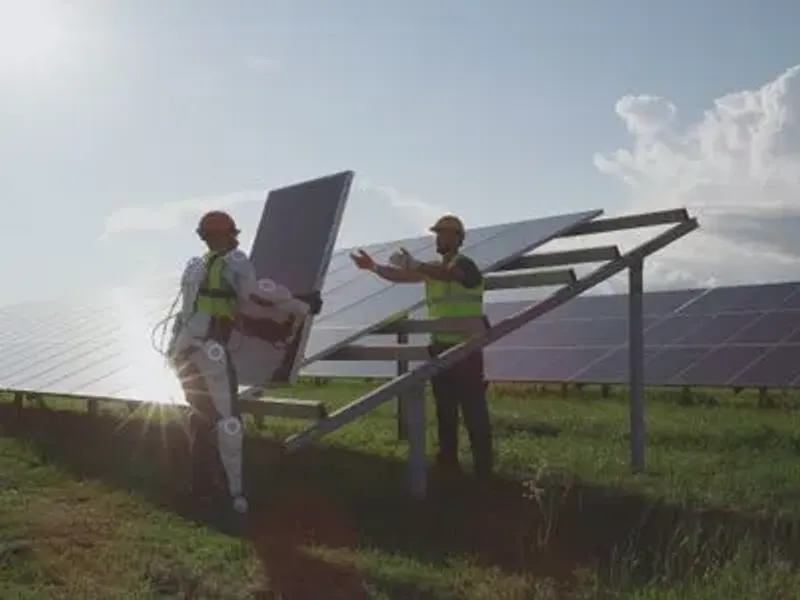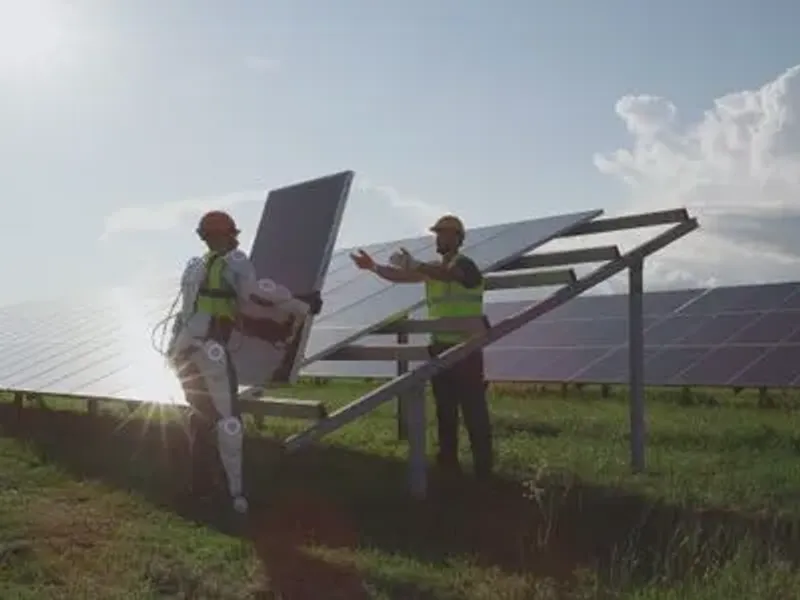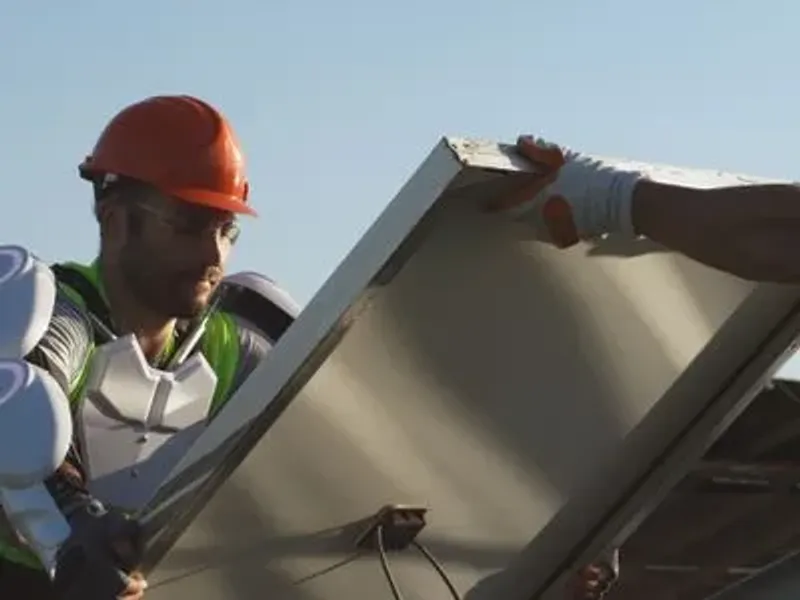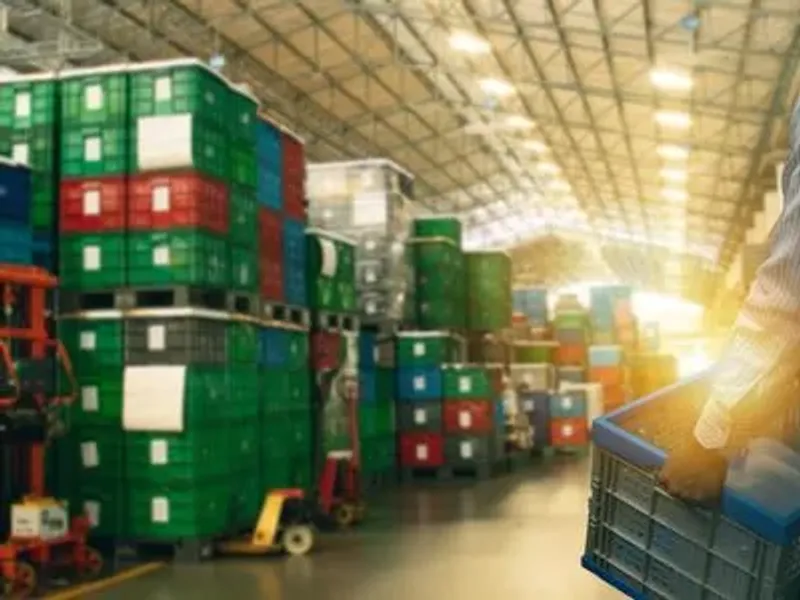Exoskeleton

Origin of Exoskeletons
So far, only passive exoskeletons have been used in industry. These only provide support through mechanical components such as springs, rails, or weights and do not have an actively controlled drive. Active exoskeletons, which obtain their energy from other active working components and thus additionally contribute to force reduction and load reduction, are still too heavy, too cumbersome, or have not yet been developed for industrial practical use.

Benefits of Exoskeletons
The use of exoskeletons is particularly suitable for mobile workplaces. Here, unergonomic working conditions are often caused by working on lower shelf levels or placing articles on a pallet. Also, a total load weight of several tonnes is often moved within one shift. However, exoskeletons can not only prevent musculoskeletal disorders and contribute to physical relief but also reduce the employees' feeling of fatigue and increase their performance. Exoskeletons are used in order picking, storage and retrieval, loading and unloading processes of trucks and containers, and manual activities in shelving or pallet warehouses and warehouses of manufacturing companies, logistics service providers, or trade. In addition to their use in medicine, exoskeletons can be used in almost all industries and are already being used in logistics, the automotive industry, the transport sector, and aviation, among others.

Exoskelette für mobile Arbeitsplätze
Increasingly, the advantages of exoskeletons are also being developed and used for commercial use in workplaces. For example, they are used in industry to reduce physical strain or to assist in lifting heavy loads. More than 25% of sick days in Germany and most industrialized countries are due to musculoskeletal disorders. This is due to unergonomic working conditions caused by working in a stooped position, working overhead, or lifting and carrying heavy loads. Exoskeletons can be used to provide targeted support for the neck and shoulder area, the lower back, or the legs, for example. In addition, the risk of injury can be minimized, thereby reducing costs. In the future, the increased use of exoskeletons should prevent musculoskeletal disorders.

Passive Exoskeletons in the Industry
An exoskeleton is a mechanical framework or exoskeleton that is worn around a person's body to support or strengthen them. The principle of the exoskeleton originates from the animal kingdom and was eventually derived from biomechanics. For example, exoskeletons have long been used in medical rehabilitation to support and relieve people with motor impairments or back problems. Patients with paraplegic symptoms, multiple sclerosis, or paralysis can use such systems as training in rehabilitation measures. Thanks to power technology and active exoskeletons, operating and walking independently is now possible.